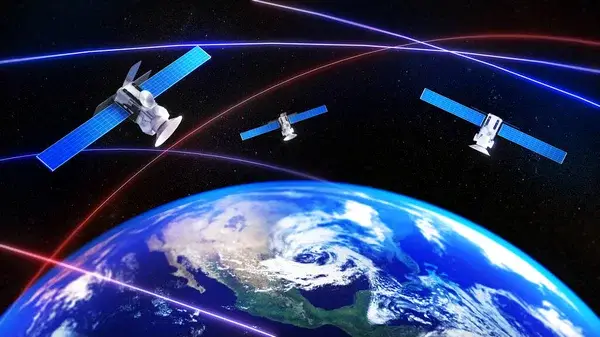Daily Russian GNSS Jamming Has NATO States Concerned
Daily Russian GPS jamming in and around sensitive geographic locations has generated concern among Western governments, transportation authorities and military operations over the two years of strife involving the war…

Daily Russian GPS jamming in and around sensitive geographic locations has generated concern among Western governments, transportation authorities and military operations over the two years of strife involving the war with Ukraine. As Russia tilts in the direction of conflict with NATO nations, concerns are ramping up even further.
A Newsweek report last month highlighted the long-term nature of the threatening trend. It quoted a spokesman for the Lithuanian Defense Ministry: “This Russian practice has, and will likely continue, to negatively affect the civilian aviation in the region.” A Polish Defense Ministry official added, "Building an atmosphere of threat and a sense of helplessness in society is undoubtedly one of the goals that Russia is pursuing."
The Lithuanian official noted that Kaliningrad, a small but strategic Russian military outpost on the Baltic Sea between Poland and Lithuania, is a hub of Russian satellite interference. Based on Kaliningrad’s location, its wide variety of military jamming equipment is considered a threatening presence to NATO countries. The official told Newsweek, “In Kalinigrad Oblast, Russia also has these systems and uses them for GNSS [Global Navigation Satellite Systems] interference.”
In northern Europe, the Kola Peninsula is seen as another area where electronic warfare is active. The peninsula, which is within the Arctic Circle, was cited as a threat by Finnish and Norwegian officials and has been described as the “crux” of Russian military capability in the region.






